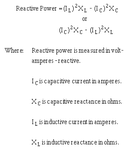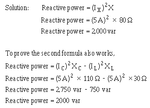danishdeshmuk
Advanced Member level 1

How we classified resistive , capacitive & inductive loads ?
What are advantages & disadvantages of each of these ?
thanks
What are advantages & disadvantages of each of these ?
thanks






